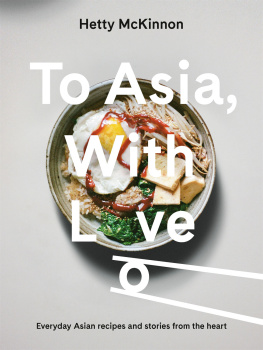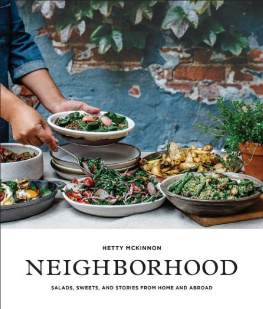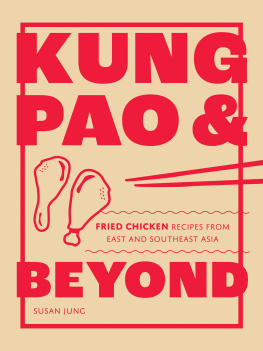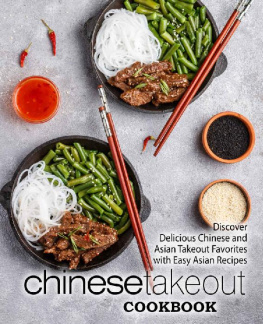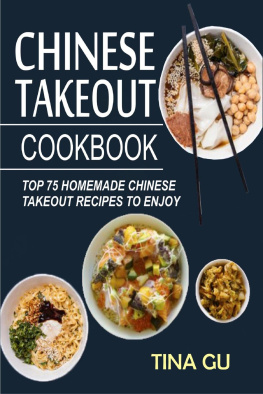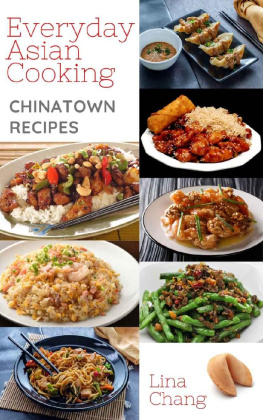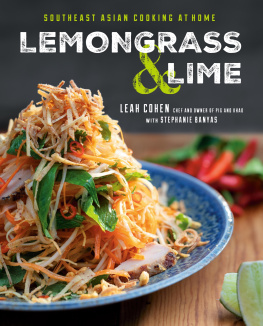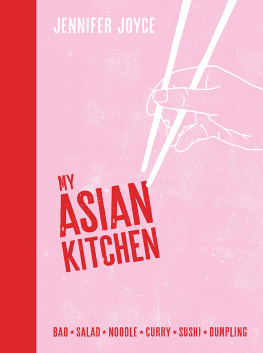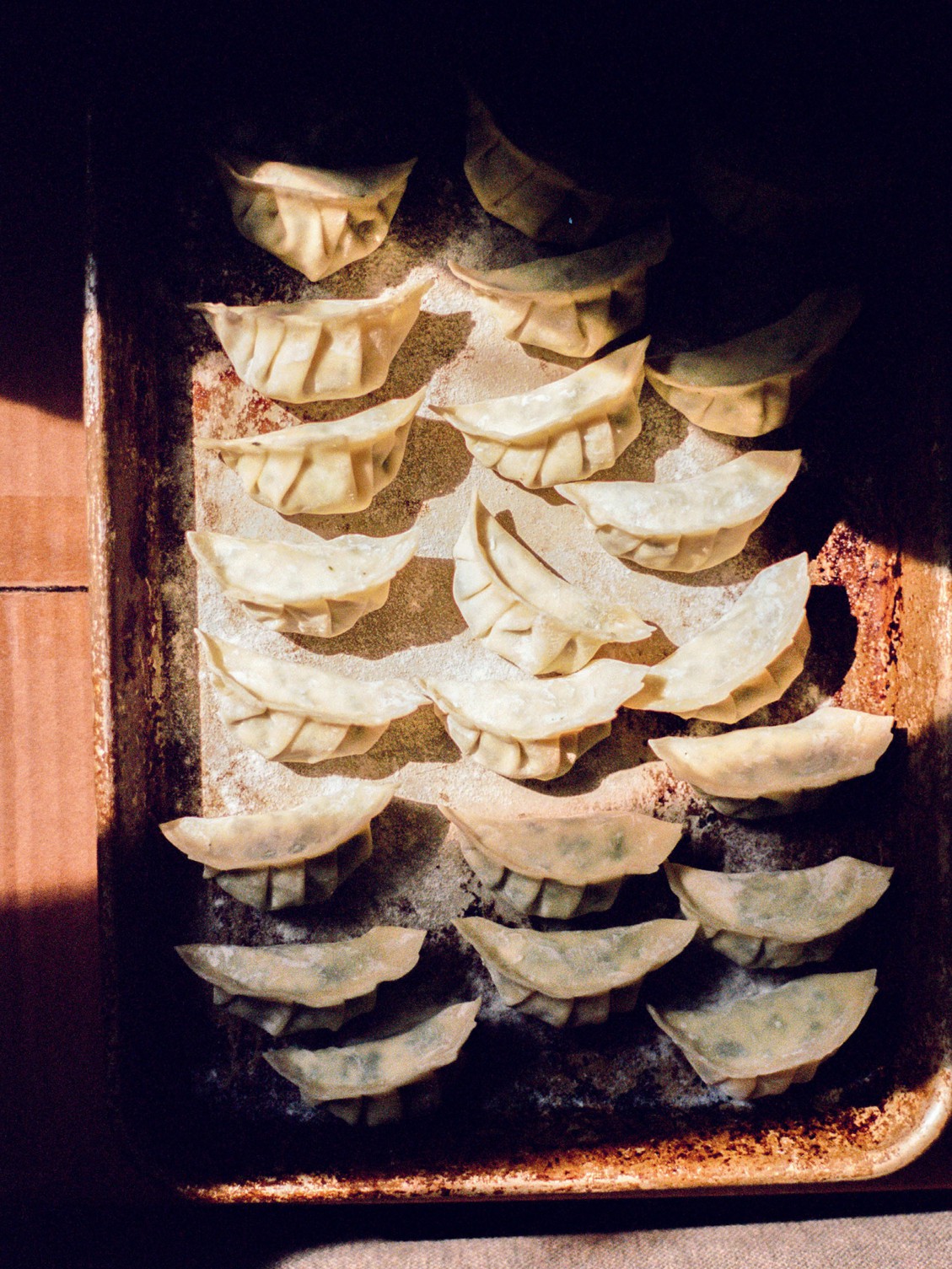To As ia,
W
ith
Love
Hetty McKinnon


When I had the idea for To Asia, Wit h Love , I imagined a book that not only conveye d nostalgia, but also captur ed a strong sense of home. Hence, it just felt righ t th at I would take the photos myse lf. I am not a professio nal photograp her , but the act of taking photos was ingrained in me from a very young age. My father was an avid amateur photographe r and always had cameras lying around the house. He took a lot of photos, dev eloped l m in a makeshi darkroo m in our laundry and always trave lled with a huge camera case. One of my favour ite childhood memories is sitting in a dark room as he proje cted home movies onto our walls. I inherited many of his cameras, and one of my most treasur ed possession s is his Nikon FE, which I still use in my every day photograp hy. All the food photos in this book were taken on 35 mm or medium format lm, and are unltered and largely unedited. Film delivers a nuance , a timeless elegan ce and honesty that is almost impo ssible to replica te in di gital photograp hy. Film is evoca tive, it invi tes the viewer into the frame, an d it makes us feel . All the photos are taken at my home in Brookl yn. e surfaces are predomin antly my kitchen bench, my dining table, my side table and my coee table. e forks, kni ves and spoon s are all my own, and the bowls, plates , tableclo ths and linen are not props, but are fr om my personal collection . e mess in the kitchen is also real , and the hands are those of my children, who are always in the real-time act of eati ng when the photo is taken they are never waiting for me to perfec t the frame. I t s not always pr etty , but i t s my real life. A note on the photograp hy

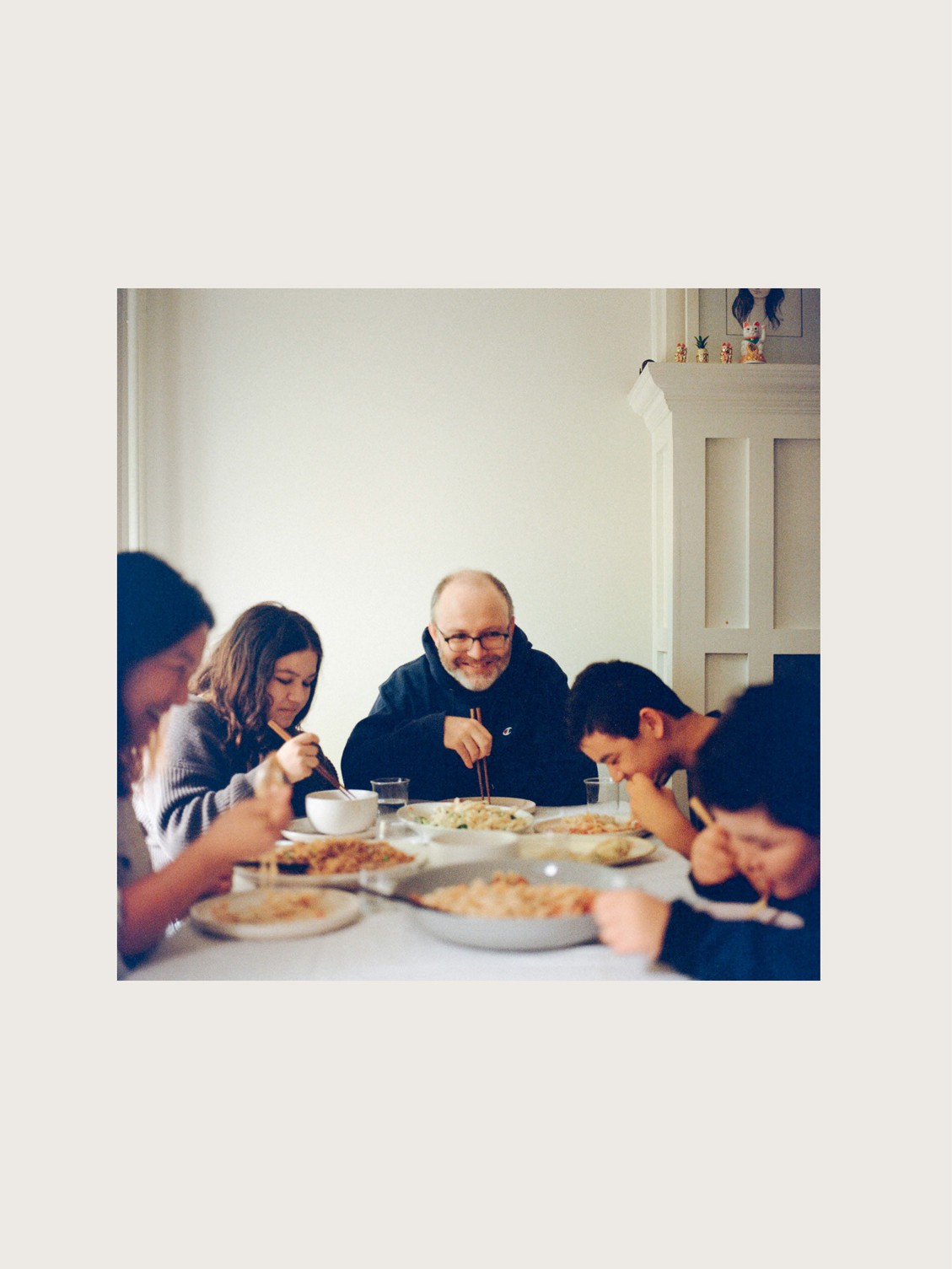

Introduct ion To Asia, Wit h Love is my homecoming, a joyous return to all the humble yet deeply nurtu ring avours and meals of my childhood . It is also a celebrat ion of the exciting and delicious possibili ties of modern Asian cooking. e food that we grow up eati ng stay s with us fo rever . My mother didn t work outside the home, but she was always bu sy . Her kitchen was constan tly in motion on the stove there would be tong (soup) b ubbling away , jook (congee) simm ering for lunch, and by the sink a tangle of greens sat in colanders, ready to be trimmed. roughout the house there was always evidence of our next meal, or food for the future. In our laundry room t here wer e huge jars of preserv ed eggs and pickling ginger , and salted pork and sh dangled under ne netting on a makeshi cloth esline on the porch, alongside our washed clothes. All around the house there were crates of fruit , boxes of ma ma mian (our preferre d brand of instant noodles) and no less than three freezers, b rimming with pre-made dumpling s, fried rice and wontons, ready to be thawed at a moment s notice for a delicious meal. As is oen the case with immigrant cooks, my mother s food was unfussy and frugal. She never wasted food and even though she cooked a fresh meal for the family every night, she would oen keep leovers for her own lunch or dinner . She grew her own food in our suburban backyard shallots, go urds, chil lies, mandarins, cumquats and greens and managed to crea te stunning meals from these humble ingredien ts. It is with this ethos that I have creat ed the recipe s in this book, showcasing big avours achieved from minimal ingred ients, using every day vegetabl es. To day , as I naviga te the happy anarchy of raising three children, I nd myself going back to the simple food of my youth. I yearn to recre ate the same uncompli cated, colourful, soul-enriching Cantonese food for my own family . e memory of my childhood home, with the incessant scrapi ng of my mother s wok chuan (spatu la), the omnipres ent thrum of her kitchen e xhaust and the clatter of chopsticks and bowl s as our table was set, are sounds that I want my children to hear as well. e avours in this book are not strictly Chinese, but they are Asian(i sh). To Asia, Wit h Love oers recipe s that are roo ted in the East, with hints of the W es t. e recipe s are Asian in origin, but modern in spirit ; they are inspired by tradition , with a global interp retat ion. Many of the recipe s repre sent my explorat ion of my personal culinary roots as a Chinese girl born in Au stralia, and as an adult living betwe en disparat e cultu res. Most impo rtant ly , this book is a celebrat ion of how avour can so powerf ully connect us to our past and crea te path ways to our future .
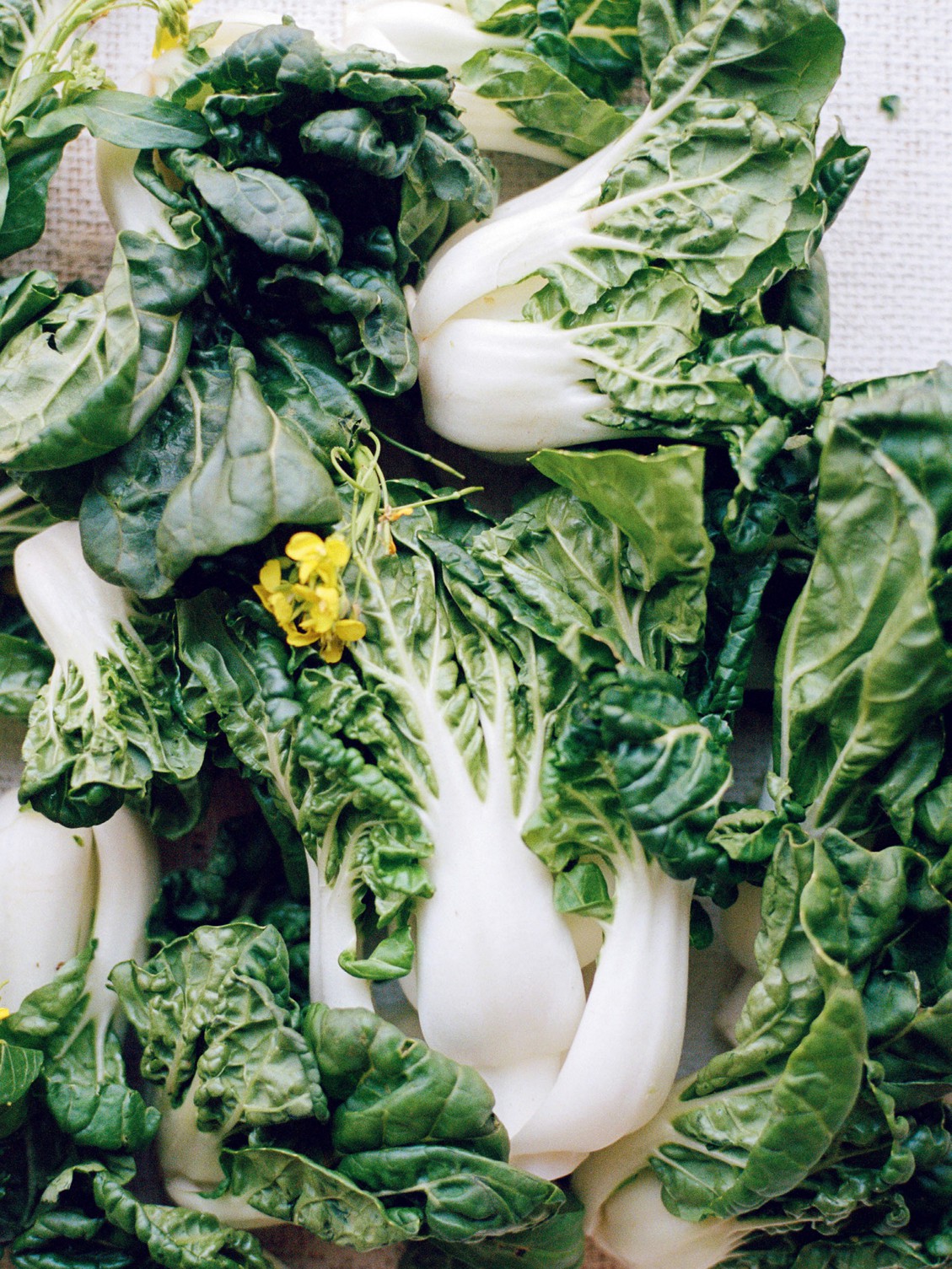

Introduction A new , green fro ntier for Asian( ish) food ere are m any misc onception s when it co mes to Asi an food. Many believe tha t the in gredien ts are intimida ting, that A sian a vours ar e hard to achieve a t home, or that Asian f ood is mea ty . is book wil l dispel all these my ths and mor e. While meat does feat ure heav ily on As ian resta urant menus, As ian home cooking is mu ch more ba lanced and actually lea ns more h eavily on the side of gree ns. T r aditional ly , meat was ra tioned and a luxury in Asian homes. e stir -fry is a grea t exam ple of mea t-rat ioning , making the meal go furt her with the inclusion of ampl e greens. On th ese pages, m y aim is to democra tise A sian foo d, showi ng home coo ks how to cr eate big-av oured v egetaria n (and oen vegan) As ian dishes, fea turing lots of vegetables and alway s made using the sim plest of every day ingr edient s. Over the ye ars, Iv e met many readers who h ave comm ented th at they would eat Asian f ood eve ry d ay if they knew how t o make it. To Asia, With Lo ve will show home cooks how easy i t can be t o achieve heal thy , bright Asian a vours usi ng ingred ients yo u can nd a t your local supermar ket. While th ere are a handful of ingredien ts tha t may require a trip to the Asian gr ocer (or a few clicks o nline), most o f the ingr edient s are basic a nd easy to nd. e recipe s in this book are accessi ble, familia r and comf orting , but will also challeng e you to th ink dieren tly ab out th e possibil ities of c ooking modern Asian avour s at home.

